I quit social media in November 2024. This wasn’t a sudden decision; it was from realizing how much life I was missing while scrolling.
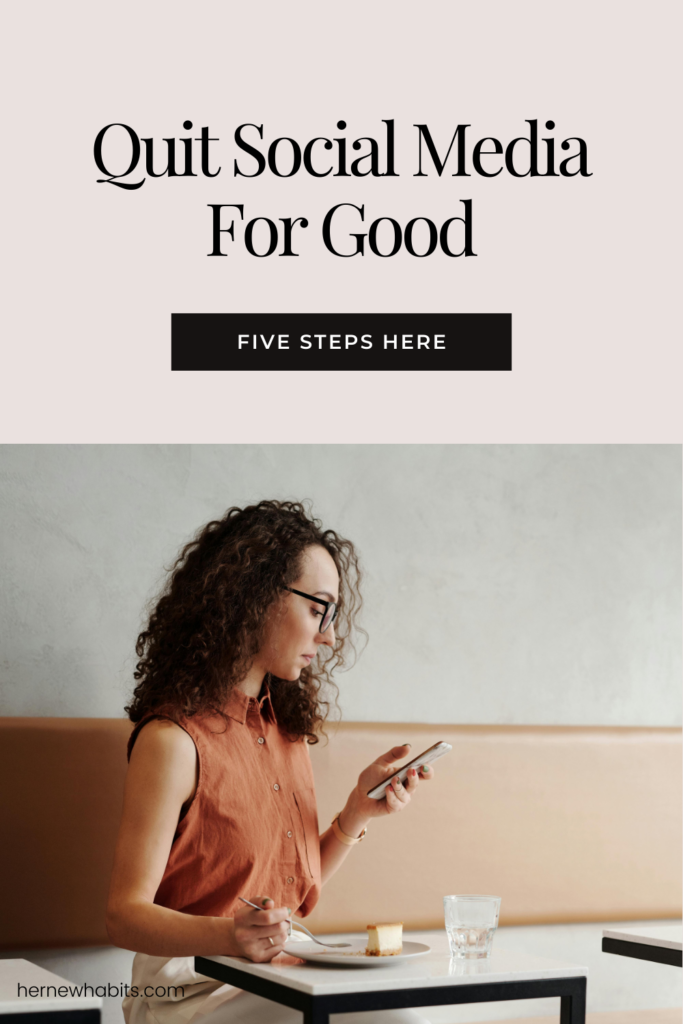
Like many of you, the idea of a social media break had crossed my mind countless times. I’d considered deleting Instagram, Facebook, and TikTok. But the fear of missing out or staying connected held me back.
One day, after complaining about my phone battery, a friend suggested checking which apps were running in the background.
That night, I did just that and discovered the real problem: I was using social media too much!
The numbers were shocking. I spent three hours on Facebook, Instagram, and TikTok every day.
That’s 21 hours a week!
That was far too much time watching other’s lives and being bombarded with news and advertisements.
My social media usage in a week in 2024
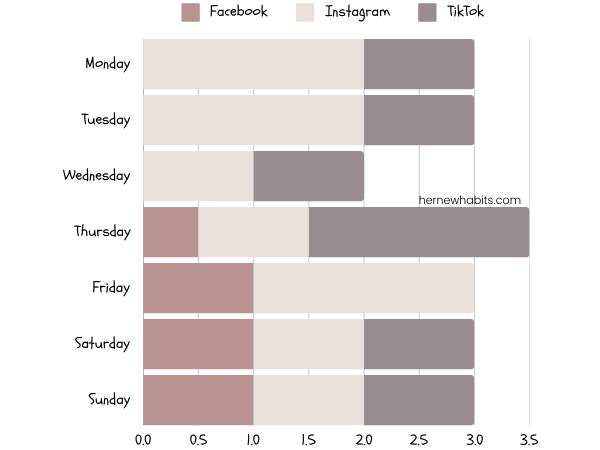
Is this Social Media Addiction?
We often think of “addiction” in terms of substances. But social media addiction is real, and it’s subtle.
You might not don’t realize you’re hooked, even though 210 million people worldwide suffer from social media addiction.
Scrolling might seem like a fun or relaxing hobby, but excessive use can become toxic.
Do You Have a Social Media Addiction?
Because social media platforms are so integrated into our lives, it can be hard to tell who is addicted and who isn’t.
Some signs of social media addiction include:
- Using it for more than four hours a day.
- It interferes with your daily activities.
- You feel anxious or irritable without it.
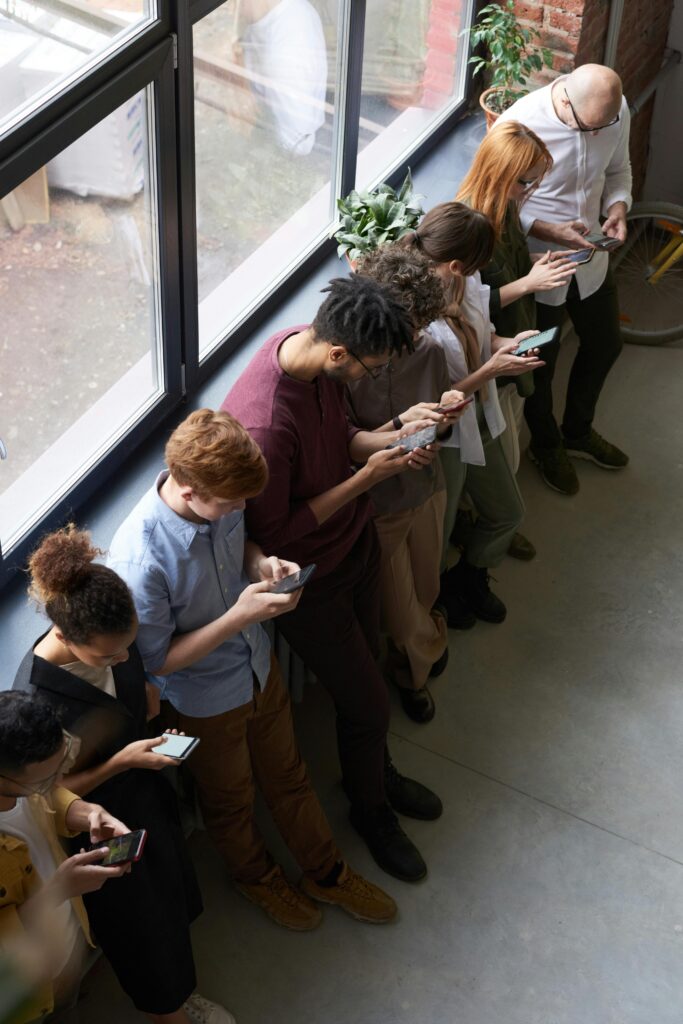
Many people use these apps for work or school. If you feel like you are struggling, please speak to a mental health professional.
If you feel like you’re using your phone too much, it’s always a good idea to take a break.
My Social Media Detox Experience
Seeing how much time I was wasting on social media, and how drained I felt, I decided on a one-month social media detox.
The amount of extra time I suddenly had was amazing. But the calm I felt within a day was even more surprising.
Two months later, the benefits are even clearer:
- Fewer negative thoughts.
- More time for activities I enjoy.
- Greater satisfaction with life.
- Less comparison to others.
- Better connections with loved ones.
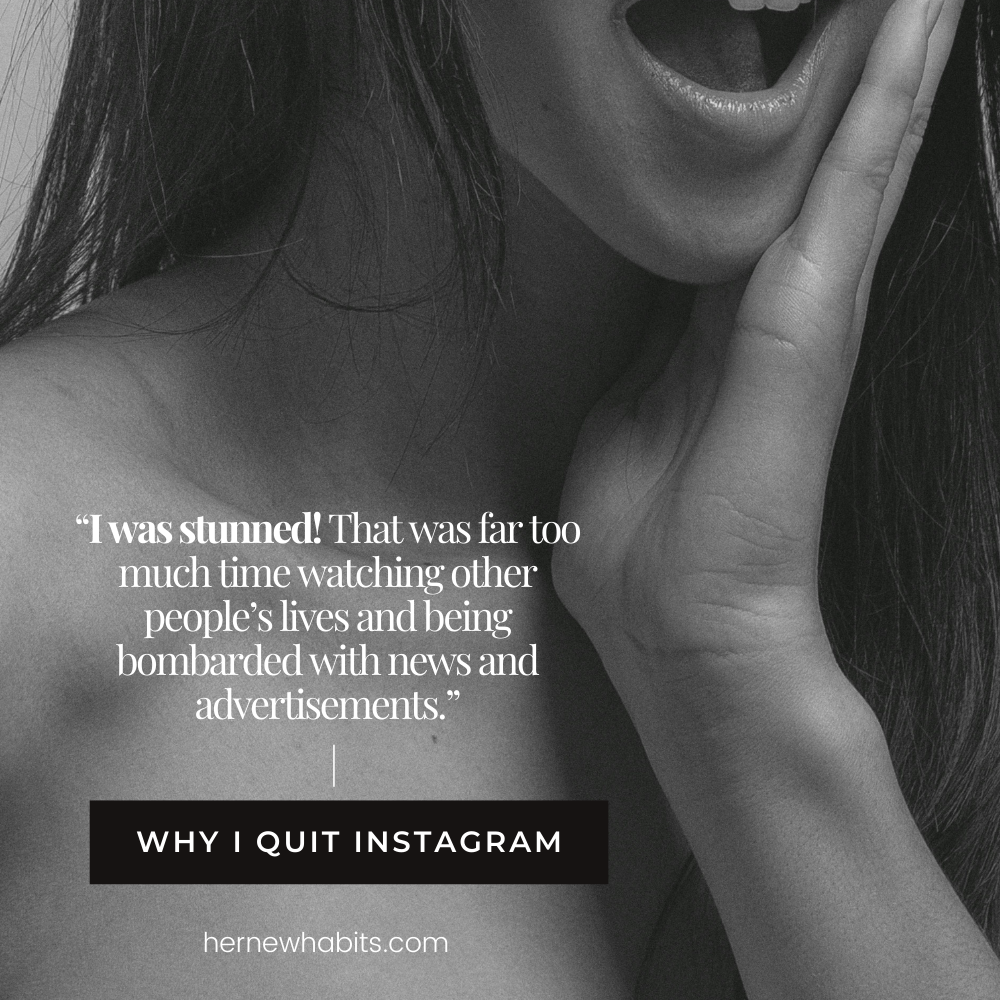
I still use Pinterest for my blog and YouTube to learn.
I’ve deleted all social media apps. If I need them, I have to use my laptop. This creates a barrier that discourages impulsive use.
I share more tips about this strategy later in this post.
How to Quit Social Media: Five Steps Practical Steps
If you are ready to quit Instagram, Facebook or any social media app, here’s a simple guide:
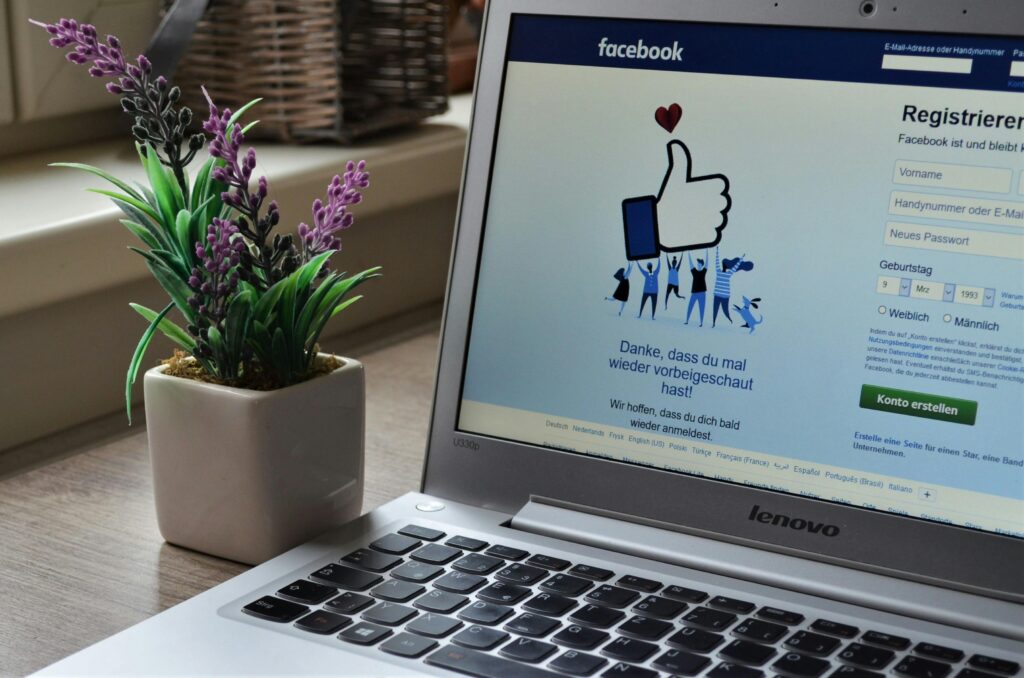
1. Ask yourself these questions:
- Why do I use social media? (Entertainment, education, connection, work?) Knowing your motivations allows you to find healthier replacements or set limits.
- Why do I want to quit social media? (Feeling overwhelmed, drained, or like you’re wasting time?) Identifying your “why” fuels your commitment to change.
- What’s stopping me from quitting? (Fear of missing out, losing contact with friends?) Addressing these concerns is essential.
- How much time do I spend on social media daily? (Check your phone’s screen time settings.)
- What would I do with the extra time? (Walks, socializing, learning new skills?) Visualizing the possibilities can be highly motivating.
These questions will help you see the reasons behind your behavior.
Set aside ten minutes to thoughtfully write down your answers.
How to check your phone’s screen time:
| Android Users: | iPhone Users: |
|---|---|
| 1. Open Settings. 2. Select Digital Wellbeing & parental controls. 3. Click Dashboard. 4. Check the time under Screen time. | 1. Open Settings. 2. Select Screen Time. 3. Check time under Screen time summary |
2. Track your usage and your emotions:
- Use a screen time widget: It’s easy to underestimate our screen time. Five minutes of scrolling can easily turn into an hour. Use the widget to be more aware of how much time you are spending on your phone.
- Keep a journal: After using your phone, take a moment to reflect. Note the app you used, and the type of content, and describe your emotions. Do this for a week and look for patterns. Determine which apps or content are affecting you the most.
- Review your routine: When you feel negative and don’t know why, think about what you did beforehand. You’ll likely find connections to social media, news, or other media consumption. It’s important to be mindful of what you consume. Your subconscious absorbs everything and that affects your mood.
3. Make your phone look less appealing:
Remember I mentioned earlier that I created barriers to reduce using my phone? Here is what I did:
- Switch your phone to grayscale: This makes your phone less stimulating (visually).
- Hide non-essential apps: Take them away from the home screen. This can help minimize the temptation to open them.
- Put social media apps in a folder with a password or delete them and use the web browser: Adding this extra step can make you think twice before opening them.
The idea is to add friction. Make it less convenient to engage with these platforms.
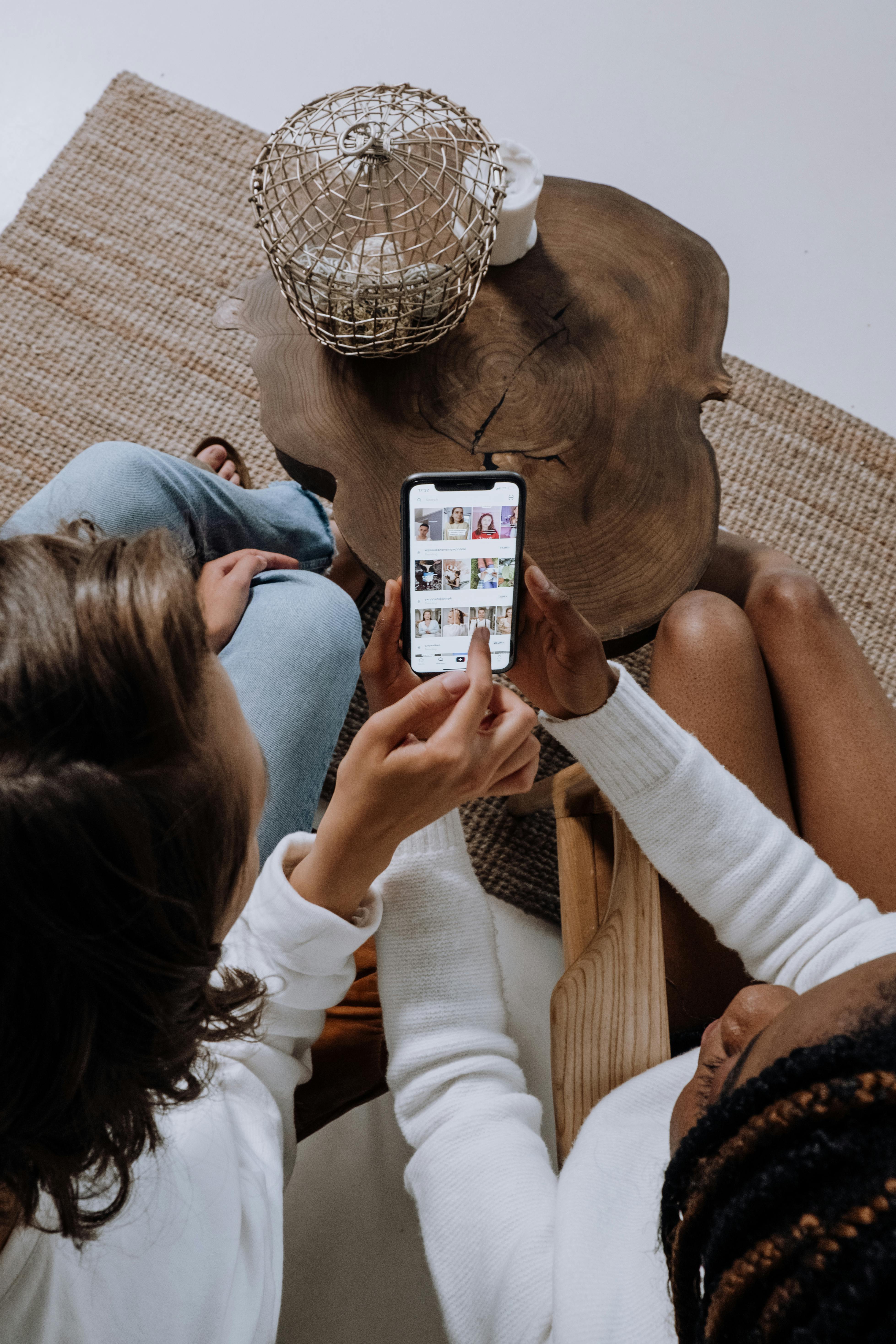
4. Prepare for setbacks:
Breaking a habit can be tough. It’s easy to fall back into it because it offers instant gratification.
That’s why it’s so important to take small, manageable steps.
Here are some ideas:
- Delete one app at a time: Don’t rush and delete all the apps at once, as this will increase your desire to use them. Start by deleting the app you use the least.
- Tell family and friends: Let them know that you’re planning to take a digital detox. Share other ways you plan to connect with them.
- Use a timer on your phone: If taking a break from social media is difficult, set a timer to close your apps after a certain time. Choose a limit you’re comfortable with and gradually reduce it.
5. Reinforce your new habit:
Use these tips if you want to stick to your new habit.
- Reward yourself for progress: Give yourself a treat after every week you successfully avoid social media.
- Find enjoyable activities to fill the time you now have.
- Connect with people in person: Look for ways to stay in touch with your friends and family. Be more intentional about it.
- Journal about your feelings: Reflect on how you feel.
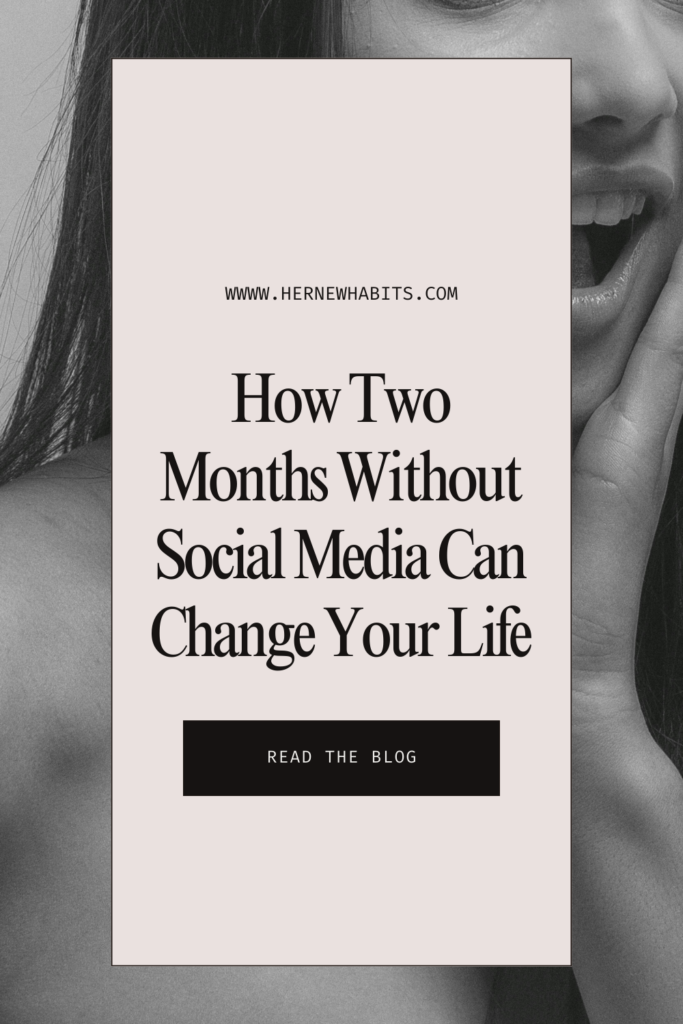
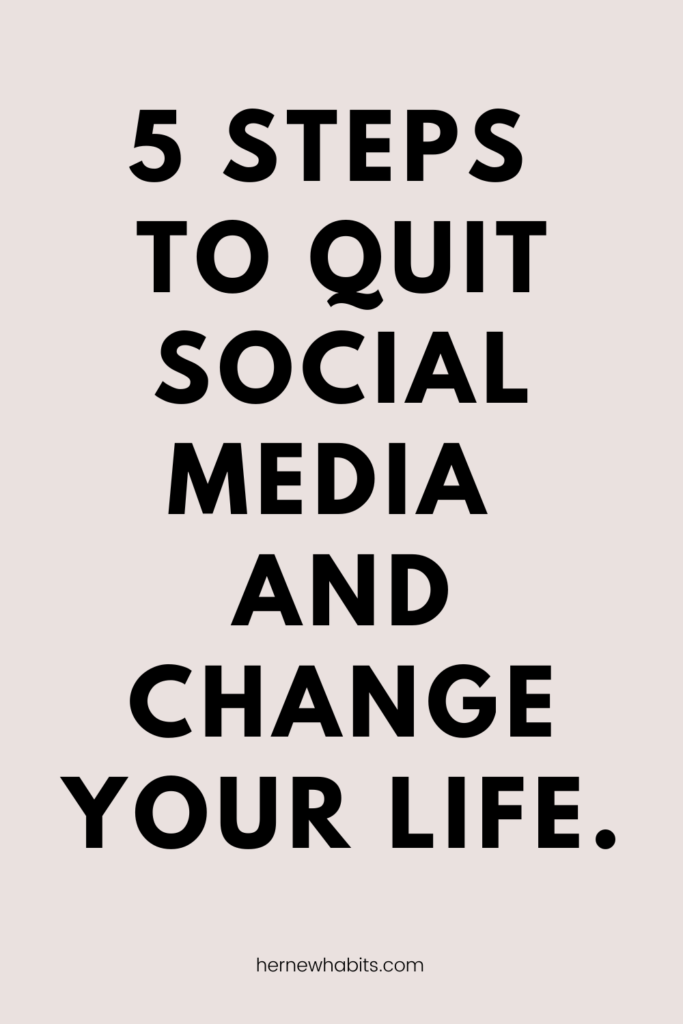
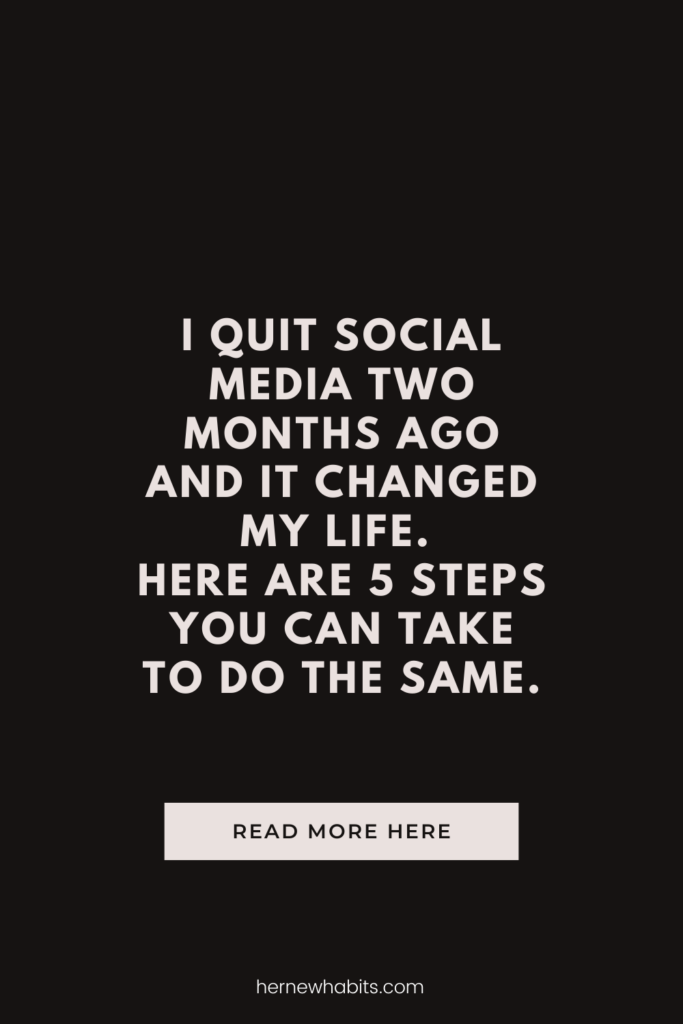
Life Without Social Media: A New Perspective
Quitting social media has been one of the best choices I’ve made.
It’s about more than just deleting apps; it’s about reclaiming your time and mental space. You might worry about missing out, but trust me, the benefits are worth it.
Your Next Step
If you want to quit social media, I encourage you to take that first step. Start by tracking the time you spend on it and reflecting on your “why.”
Share this post with a friend who needs it or tell me in the comments what you’re most excited about trying.
It’s your turn to create a life with more presence and less scrolling.

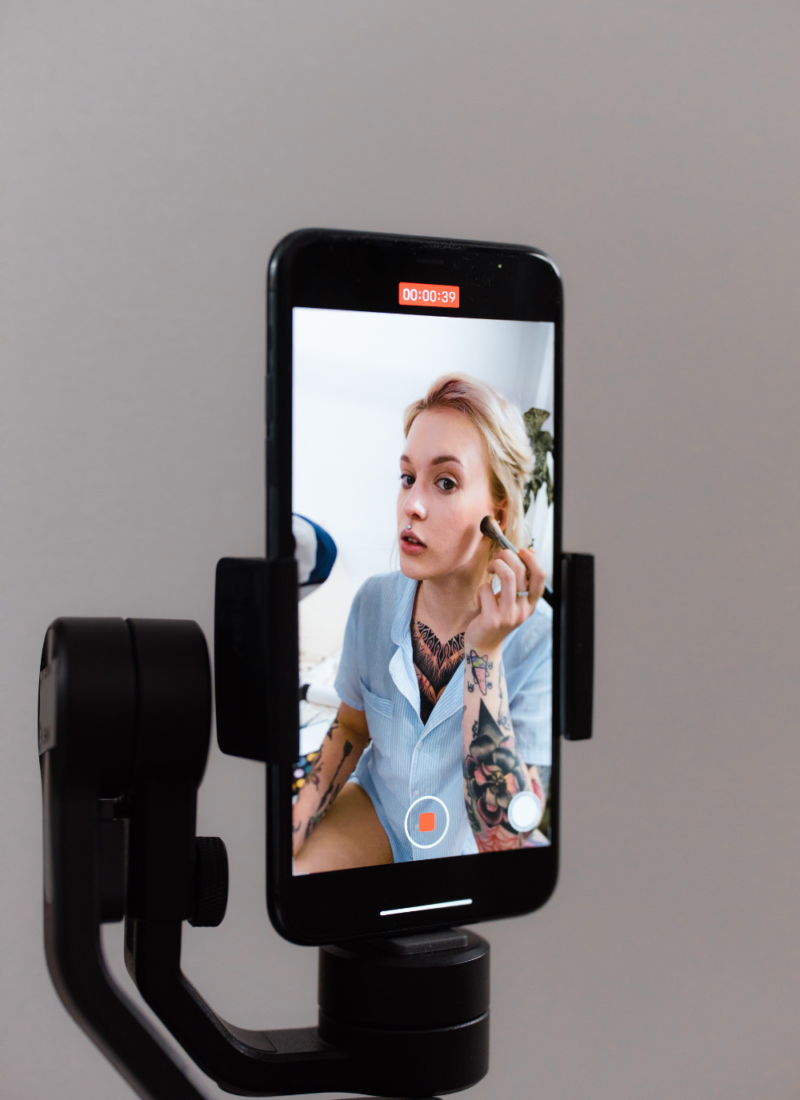


Leave a Reply